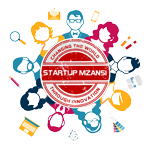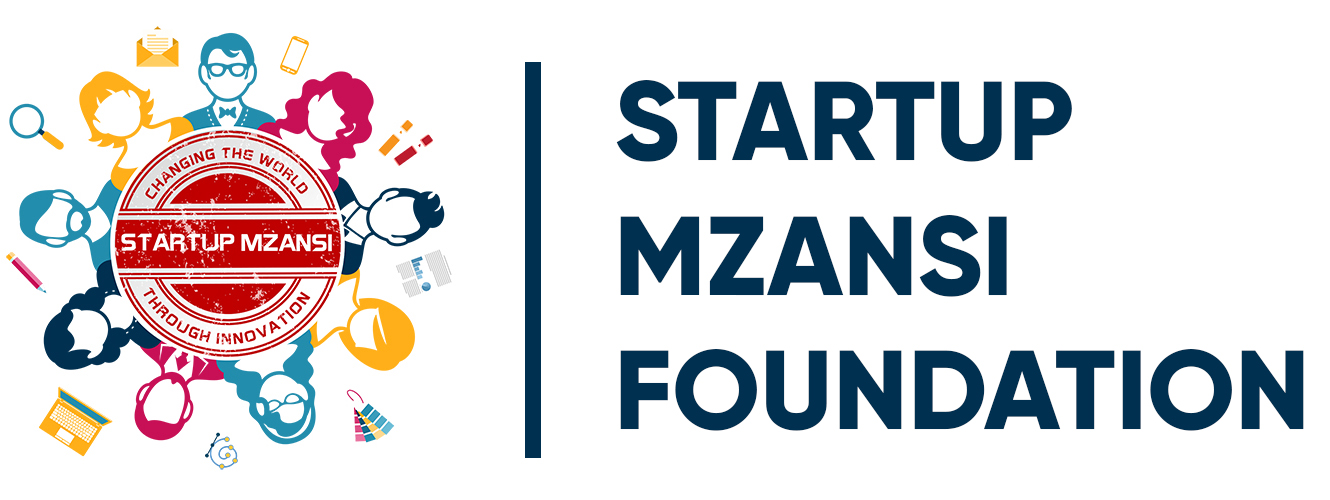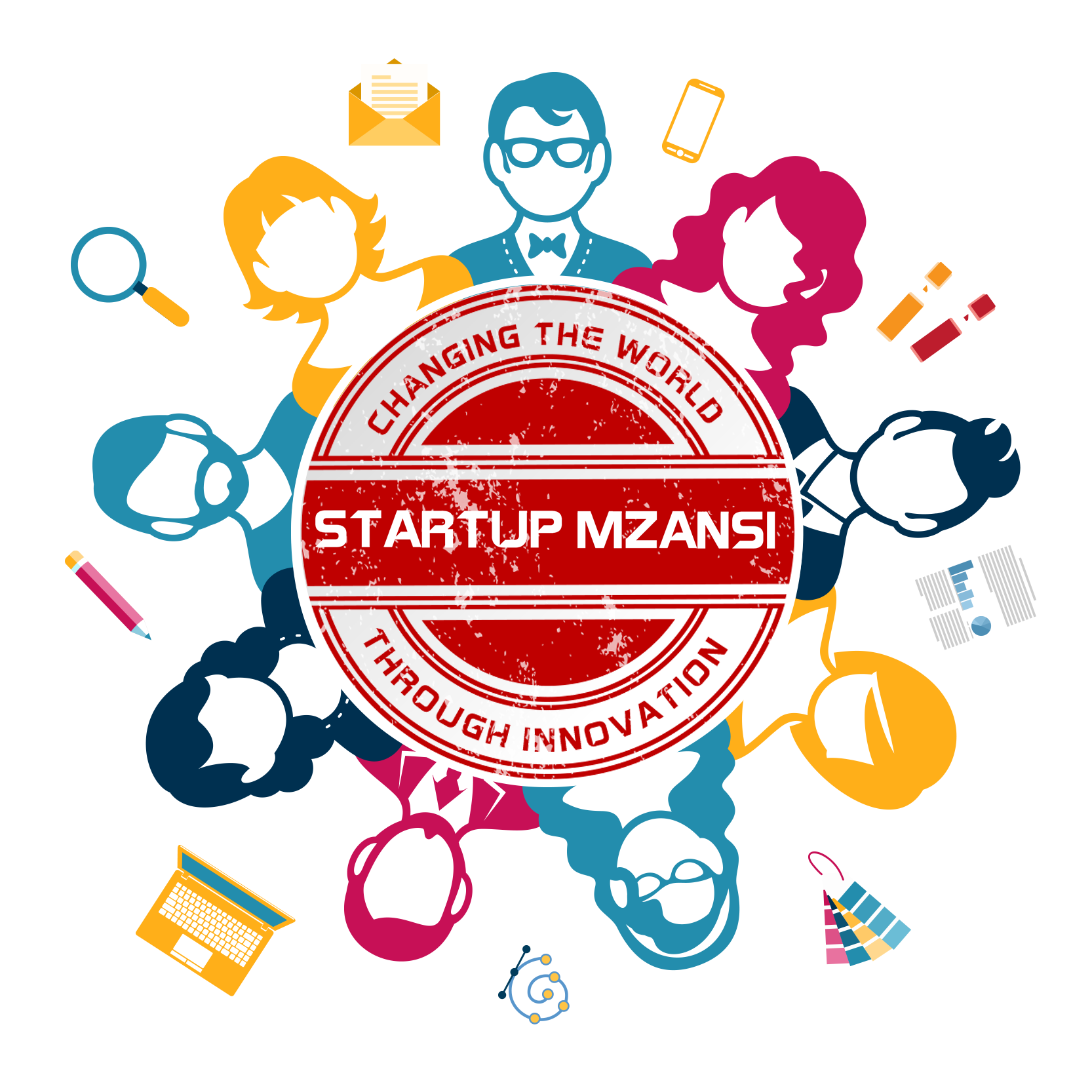

02 Jan Lessons about brainstorming an app and what not to do
As the founder of Startup Mzansi, I hear a lot of app ideas every day. Listening to passionate clients talking about specific problems they’re working to solve or learning about innovative and simple solutions to new market niches is one of my favorite things about my job (our specialty coffee club comes a close second).
But as I reflect on the potential clients I’ve met, some of the ones I learned most from were the ones we didn’t take on. By sharing them here, I hope these considerations will help startup founders, budding entrepreneurs, and creators set their expectations and refine their ideas to serve their users (and make money!).
1. Clone the latest best thing.
Many first meetings are doomed from the start. One meeting started with: “Hey, I want to build an Uber clone. How much does it cost?”
In my experience, when a person wants to clone the latest best thing, there are usually two types of reasons: either the person just wants to look cool and make a quick buck, or this person actually knows the local market very well and has modifications that suit local behavioral patterns.
Yes, it is perfectly okay to clone the latest best thing, as long as you are clear about the value you are offering. So I asked “How are you going to differentiate yourself from Uber?”
“Well, it’s something big these days, right?”
Sadly, this client falls into the former case. It’s disheartening when I hear people who want to build a startup because they think replicating success is straightforward.
To copy a successful product saves work for us as a development agency. Our designers could take inspiration from an existing user interface and user experience (UI/UX) design and the developers already have most of the feature specifications. We could hand over a beautiful clone within three months. But one of the things Startup Mzansi is committed to is following up and tracking. We want to build things that are truly useful to people.
I didn’t take his money because I was not convinced that an Uber clone would add value for South African people, who can hop on affordable taxis everywhere, hail an Uber ride, or use local solutions. In business language for that potential client: Creating a successful clone in a saturated market is a lot of hard work for small gains.
2. Launch apps on all platforms right now.
If the product sounds interesting and viable, I’ll want to learn more about a potential client’s approach to developing products. Not all clients want to build minimum viable products (MVPs) the way Startup Mzansi does. I’ll eventually ask, “Which platform do you like to build on and start with?”
One client answer was: “All — Android, iOS, and web. And I want native mobile apps to make sure their responsiveness is good.”
The gentleman in front of me wanted to build an app similar to Yelp, but with a focus on food inspiration and the foodie community. I quite liked the idea — as many people like me are tired of fake reviews on restaurant directories. But do we need to get the app out onto all the platforms at once?
From a sales perspective, of course I’d like to get money — but only appropriate ones that go for strategic development stages.
I responded with, “Our first goal is to help you iterate and prove your concept. It’s not cost-effective to build the app on all the platforms at once because it takes three times more effort to make a small change. We should start with just one and invest into others when the concept prove to be successful.”
His response: “But I am going to lose a lot of users if I give up some of the platforms.”
Getting a hundred users who really like your app gives your business more validation than having thousands of never-return downloads.
We’ve done cross-platform products, but if we were using an MVP model, we would be probably be throwing out a lot of code during the validation process. Was the client prepared for this?
3. Make the app scalable way too early.
“How many users can the back end support? My app is going to make a big hit in the first launch.”
Of course, many potential clients have thought about technical considerations. This was one such client. However, her concern shouldn’t be an issue for her target market, South Africa.
I replied with, “In our experience, a reasonable back end can support 100,000 registered users, which should be good enough for your MVP, especially if you are targeting the South African market.”
To give context, the most popular app in South Africa has around 10 million downloads. I could have talked about concurrent users or requests per second, but I didn’t want to overwhelm her with too many concepts in one go. I gave her registered users to give her an idea of one factor that a back end takes care of.
Her response was “What if we have more users than that? We need a more powerful backend.”
Facepalm.
My role as a consultant is often to help potential clients refine the problems they want to solve and take systematic steps to improve their product with lower risks. Often, potential clients come to us with large, successful products as a reference. But if they’re just starting, they should validate their idea with an MVP.
4. Create a custom app… for your portfolio?
“I want to build an app that showcase my products.”
Okay, this sounds like a potential client is over-engineering a solution. But I want to hear them out first, so that time, I asked, “Why do you want to do it with an app?”
“Every business needs an app to reach out to new customers,” was the reply.
Now that I understood this person’s problem, I went right into suggesting solutions. “If you want to reach out to new customers, building a website makes more sense. Few people would download an app just for looking at your products and a website is more easily discoverable in a search.”
“But research says we spend more time on mobile than the desktop these days.”
True, but the app market is tough. The app market has been consolidating into a few gigantic social media platforms like Facebook and WeChat. People are spending most of their time on these apps. If you want to reach customers, leveraging channels with a large potential audience is more effective. For this potential client, a Facebook page or WordPress template is enough. If you have products to sell, consider using Shopify or Etsy, and if you want a well-designed responsive site, try Squarespace. Their annual fee is less than one of our developer day-rates.
You may also consider building a chatbot for your business. It leverages chat apps like Telegram or Facebook Messenger and it offers a conversational experience to your user.
5. Will your idea solve a problem?
Of course, I am happy to talk to anyone who has a product. Here are the things to consider for your product and also teams you’re considering to hire:
- What’s the problem you are solving?
- What are all the possible types of products that can solve your problem? It could be a WeChat app, Facebook page, WordPress site, web app, or mobile app, to name a few.
- What’s the most cost-efficient way to solve your problem? What’s the smallest MVP you can imagine?
- What’s the demographic of your target users?
Feel free to reach out to us any time!





No Comments